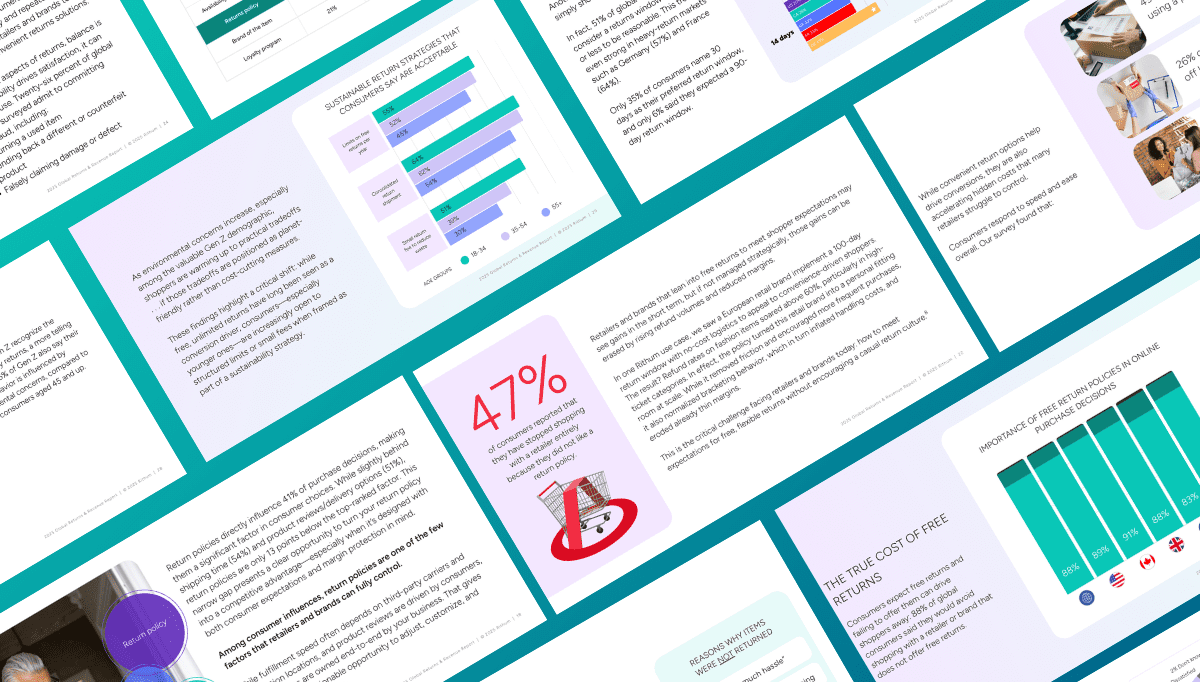Last week in New York, Rithum gathered a group of retail and ecommerce leaders for an evening of straightforward conversation. No stage. No slide decks. Just people sharing what they’re up against and what they’re figuring out.
Here’s your fly-on-the-wall look at what came up most often. From daily friction points to early wins, these are the themes that sparked the longest conversations.
1. Speed falls flat without alignment
As brands expand into new channels or stand up direct-to-consumer (DTC) programs, speed alone isn’t enough. Progress depends on early coordination across ecommerce, IT, and leadership. The most successful teams set shared goals, clarifying ownership, and staying aligned throughout execution. This reduces slowdowns and sets launches up for success.
2. Channel growth works better when it’s focused
Leaders agree that showing up everywhere is not the goal. Instead, many are prioritizing platforms where there’s already demand and operational readiness. Starting with the right channels makes it easier to scale without overwhelming the team or compromising customer experience. Teams can find the right channels by following shopper behavior and fulfillment readiness.
3. Brands are protecting how and where they appear
Unauthorized listings continue to be a concern, but brands and retailers are finding ways to stay ahead. From monitoring supply chain leakage to listing directly on more marketplaces, these steps help ensure pricing stays consistent and shoppers see the right version of the brand or retailer. More visibility brings more control.
4. Gen Z engagement is shifting from talk to action
There’s broad agreement that Gen Z represents long-term value. What’s changing is how brands are going after it. The focus is turning toward managed marketplaces like TikTok Shop, Shein, and Target+, where younger shoppers are active and loyal. The key is showing up consistently with the right products and voice, not just one-off campaigns.
5. Profitability is improving through smarter channel strategies
Margin pressure isn’t going away, but teams are adapting. Hybrid marketplace approaches, segmented product mixes, and clearer pricing strategies are all helping brands manage cost while continuing to grow.
6. Marketplaces are proving to be key to customer acquisition
Many brands are rethinking how they treat marketplaces. Instead of seeing them as distribution tools, they’re using them to reach new audiences without relying solely on paid media. Channels like Nordstrom and Target offer access to loyal shoppers who might not visit a DTC site. When done well, this approach supports both awareness and growth.
The leaders in New York weren’t chasing every trend. They were prioritizing the ones that matter and solving the problems that get in the way. Rithum helps you do both with more clarity and less friction. Learn how by scheduling a demo today.
Bradley McCurry is Senior Strategic Account Executive at Rithum.



